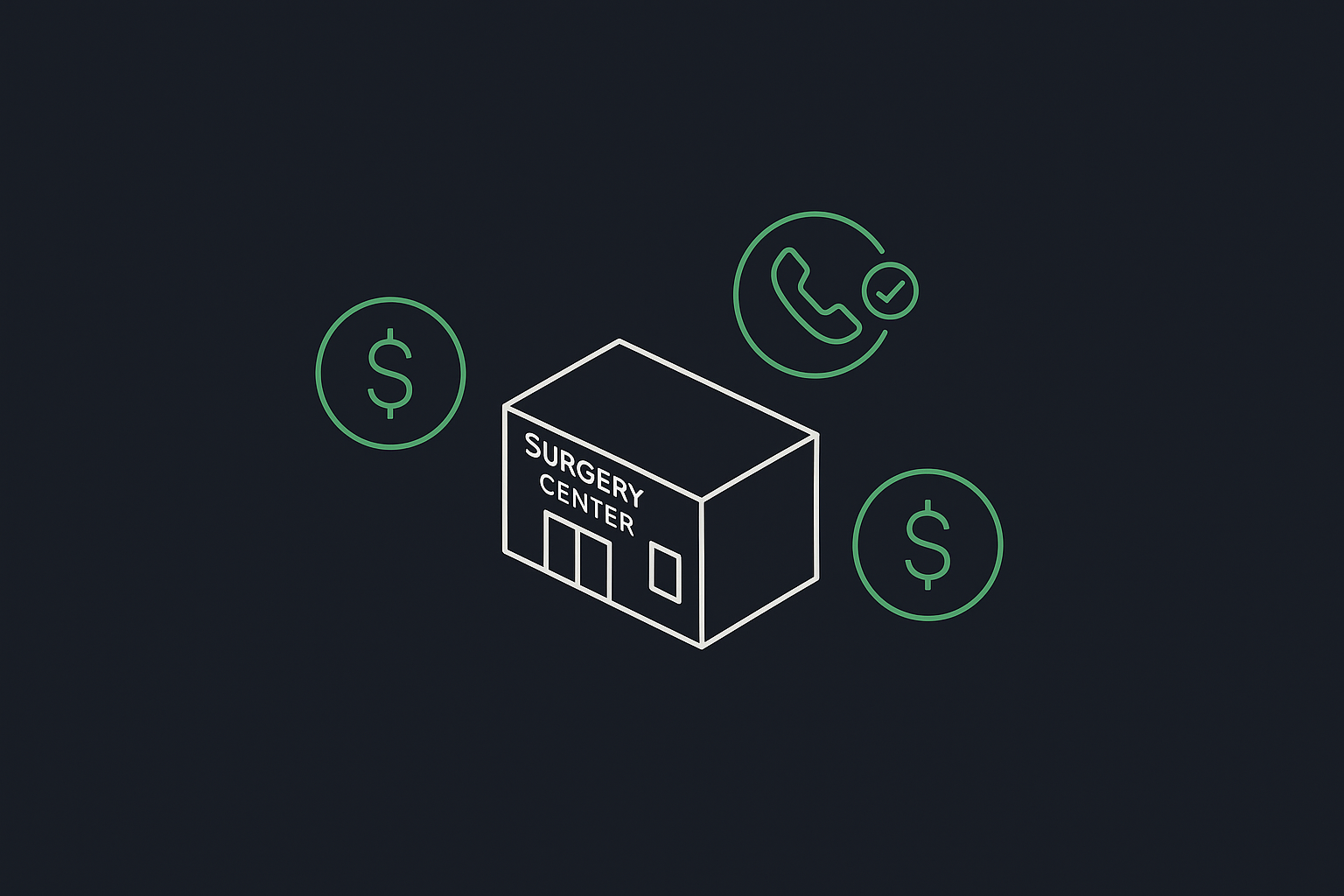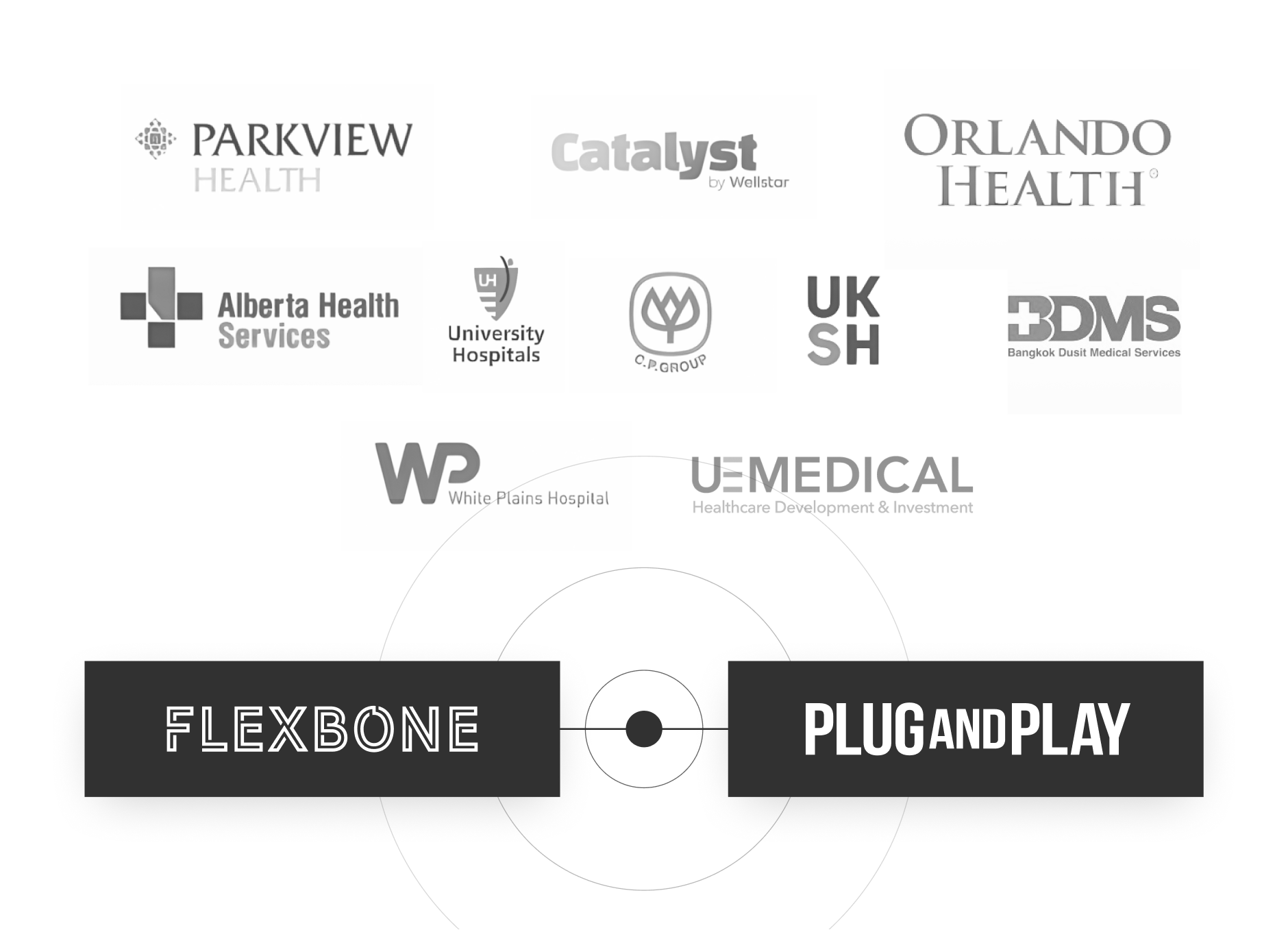
Every organization runs on conversations. Whether it’s a scheduler confirming an appointment, a billing specialist explaining a statement, or a customer asking for help, those interactions define the patient or customer experience more than any dashboard metric ever could.
Yet, for most organizations, these conversations disappear the moment the call ends. Thousands of interactions happen every month with no systematic way to measure quality, detect problems, or learn from what’s being said.
Flexbone’s Voice Room changes that. It connects directly to your VoIP or telephony system and transforms unstructured audio into structured, searchable intelligence — so you can finally understand what’s happening across every call, every day.

Why Traditional Call QA Doesn’t Scale
Most organizations rely on manual call reviews or selective monitoring. A manager listens to a handful of recordings each week, flags an issue, and shares feedback. It’s time-consuming, subjective, and covers less than 1% of total calls.
That leaves 99% of conversations unanalyzed — meaning trends, frustrations, and compliance issues go unnoticed until they become visible through poor outcomes or negative reviews.
Voice Room scales QA across your entire organization. Using advanced transcription, natural language understanding, and domain-specific models, it listens to every call — detecting recurring topics, tone shifts, and compliance violations automatically.
You don’t just get more data. You get clarity:
- Are staff giving consistent, accurate answers?
- Which issues cause the most call escalations or delays?
- Are there opportunities to convert more inbound interest into booked visits or sales?
- Where are customers expressing frustration, confusion, or dissatisfaction?
Turning Voice Data Into Organizational Intelligence
Once Voice Room is plugged into your telephony environment, it begins to map conversation patterns across teams, regions, and workflows. You can track:
- Common reasons for inbound calls (e.g., benefits questions, authorizations, or claims status).
- Response accuracy and adherence to scripts or compliance language.
- Escalation triggers, hold times, and handoff frequency.
- Conversion rates from inbound interest to scheduled appointments.
Each insight is structured and searchable. Instead of combing through recordings, leaders can filter by issue type, sentiment, or agent. That makes it possible to measure call quality at scale — and to act on it.
Spot Issues Before They Escalate
Voice Room doesn’t just analyze calls after the fact. It surfaces trends early, giving you visibility into recurring breakdowns before they impact your operations.
For example, if patients start expressing frustration about billing clarity or insurance eligibility, the system identifies that pattern and alerts management. If multiple callers mention dropped connections or long hold times, the issue becomes visible immediately — not weeks later in a report.
These insights help organizations move from reactive firefighting to proactive improvement. Problems are caught early, and staff can be retrained before small issues become systemic.
Compliance, Consistency, and Confidence
In regulated industries like healthcare, ensuring that staff follow the right protocols on every call is essential. Manual audits can’t keep up.
Voice Room automatically flags compliance-sensitive moments — for example, disclosures, required disclaimers, or PHI-handling procedures. Supervisors can review exactly where a compliance lapse occurred, complete with transcript and timestamp.
This level of precision transforms compliance from a back-office audit into a continuous operational safeguard.
From Insight to Automation
Once you know where your calls are breaking down, you can take the next step: automating the simplest interactions.
Routine inquiries — like benefit checks, appointment confirmations, or delivery updates — can be handled by Flexbone’s AI agents trained specifically for your workflows. These agents can respond through voice, SMS, or chat, reducing call volume and freeing your staff to focus on complex or high-value interactions.
Voice Room continuously measures how these automations perform, feeding real-world feedback into model refinement. Over time, your system becomes faster, smarter, and more accurate — without losing human oversight.
Building a Culture of Continuous Improvement
Flexbone’s engineering philosophy is “forward deployed.” Our teams don’t deliver static products — they stay engaged with your operations, refining models, validating insights, and surfacing new automation opportunities as your organization evolves.
This ongoing collaboration ensures Voice Room adapts alongside you. As new products, policies, or patient services are introduced, the platform learns, retrains, and updates automatically — keeping your QA and operational intelligence current at all times.
The Results
Organizations using Voice Room have seen measurable improvements:
- +43% improvement in first-call resolution
- 1,000+ hours of customer wait time reduced
- +18% of customer issues resolved through self-service
These aren’t abstract AI metrics — they reflect real-world efficiency gains from better listening, faster response, and continuous operational learning.
The Takeaway
Voice Room turns every conversation in your organization into structured, actionable data. It helps leaders understand what’s really happening across teams, detect issues before they grow, and identify where automation or training can have the biggest impact.
In a world where every call represents an experience, a risk, or an opportunity, Voice Room ensures nothing gets lost between the lines.

Connect with us
We are here to help you with any questions. Drop a line and our team will get back to you as soon as possible
Get In Touch




.png)